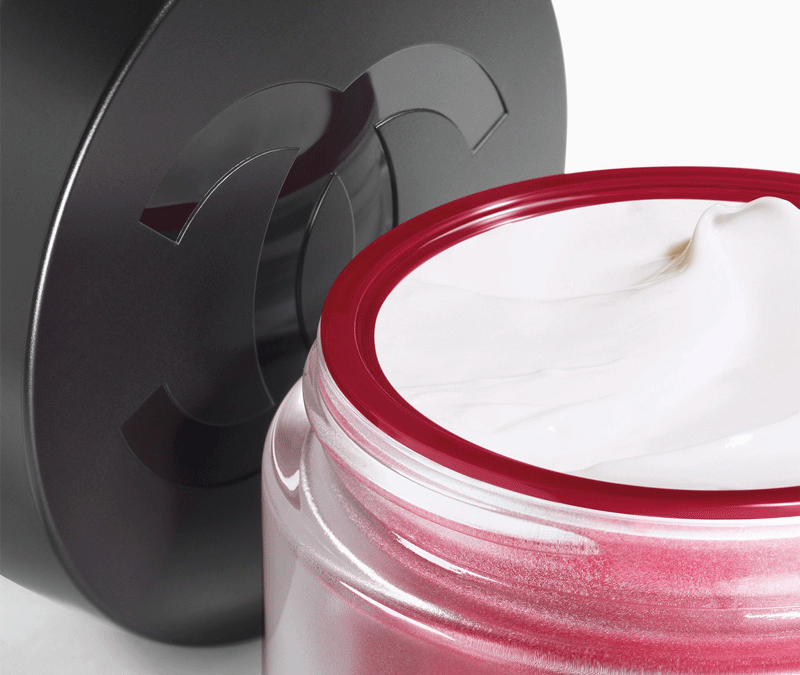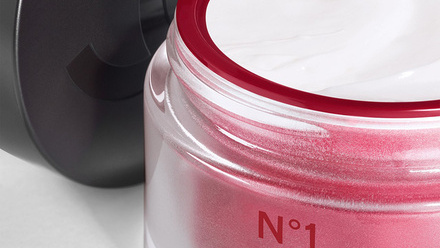Chanel's packaging material gets a makeover
Chanel is launching new packaging for its products based on Forest Stewardship Council (FSC)-certified wood chips that are by-products of industrial side-streams, combined with camellia seed shells.

The material has been fabricated by Finnish company Sulapac. ‘The side-stream wood chips and dust would typically end up being burned for energy and by using them in our materials we extend [their] lifetime. This way logs are utilised to the fullest as we can make use of wood waste,’ says Suvi Haimi, CEO and Co-Founder of Sulapac.
‘The N°1 de Chanel formulas include up to 76% of camellia derivatives, with petals, seeds and yeasts used in order not to waste any of the plant. The new Revitalising Cream lid incorporates camellia seed shells.’
She explains that during development the main challenge was to innovate a bio-based material, while also making it resistant to heat and moisture.
‘It was just a concept idea when we started. Camellia is inherently a hydrophilic material, meaning it absorbs water strongly. Solving this was a great accomplishment from us, and the first time we have incorporated such an ingredient in our packaging material in a bespoke way.’
The product has been under development since 2018. Haimi shares, ‘First, we concluded the technical requirements and made sure that we met them. These include certificates that are required by different legislations, product consistency, production process, and minimum shelf-life, among others.
‘Also, it was equally important to understand the brand purpose and promise so that we could meet the eco-design criteria and support the overall sustainability strategy.
‘After that, we created a [research and development] plan and started developing the materials.
‘It took over 40 trials before Sulapac’s R&D Manager, Piia Peltola, was able to find the right [proprietary] material recipe.’
The packaging material was created considering every detail of Chanel's original packaging, including the sensory quality, its resistance to heat variations, the sound of the jar closing, how it feels in the hand, and the depth of the matte satin finish engraved with Chanel's double C.
In terms of testing, Haimi says, ‘In addition to the material property tests and validation by third-party consultants, our in-house scientists, the Chanel Fragrance and Beauty Packaging Innovation Department, and the converter played an important part of the development process.
‘We always test our materials with converters at their premises and ensure validation from the customer and their quality department.’
This story was also briefly covered in February:


